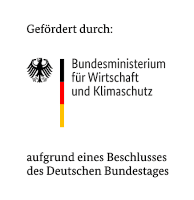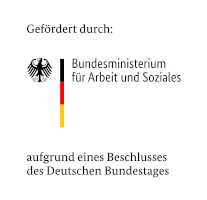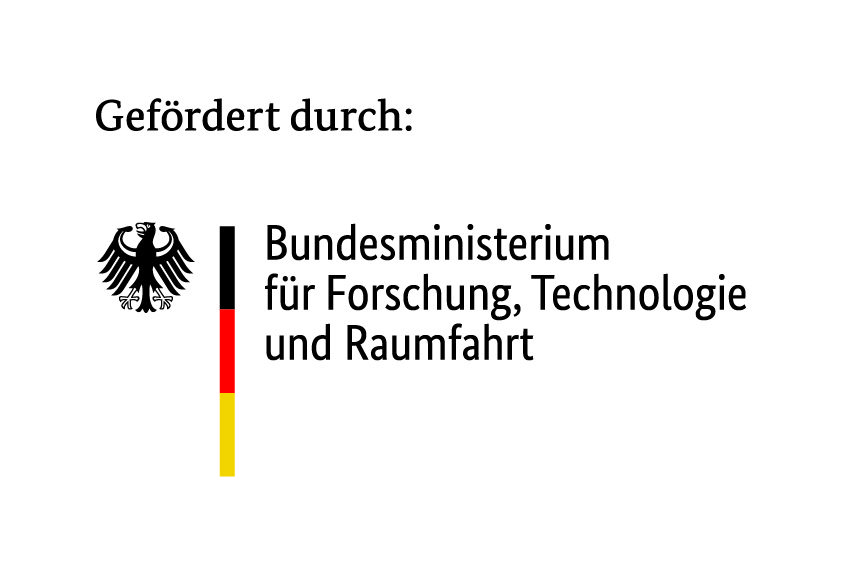Composites with reinforcing fibres made from renewable raw materials
In times of increasing environmental demands, it is becoming more and more important to minimise carbon dioxide emissions and to replace fossil raw materials with renewable ones. By storing carbon dioxide, one is able to minimise the ecological footprint and ensure price stability, in contrast to petroleum-based products. These so-called biocomposites offer a sustainable alternative to conventional petroleum-based materials.
In the field of natural fibre-reinforced plastics, products made from renewable raw materials have been available on the market for decades. So far, however, biocomposites have mainly been used in semi-structural components in the automotive sector due to their low mechanical properties.
In order to conquer new markets and achieve new target values, biocomposites must exceed their previous technological limits in order to meet new requirement criteria.
For this reason, directional textiles made of natural fibres are being developed which, in combination with a suitable polymer, should form the basis for structural components with improved mechanical properties and be suitable for use in structural components.
In the Biocomposites Working Group, representatives of all relevant materials and processes along the value chain (natural fibre and polymer suppliers, semi-finished product manufacturers, processors, end users, etc.) are to jointly discuss and decide on new products, applications, material, product and process developments. Current materials and products are to be analysed with regard to their performance and economic efficiency. New areas of application and their requirements should be identified. Established production processes should be analysed and possibly optimised or adapted depending on the product and application.



















